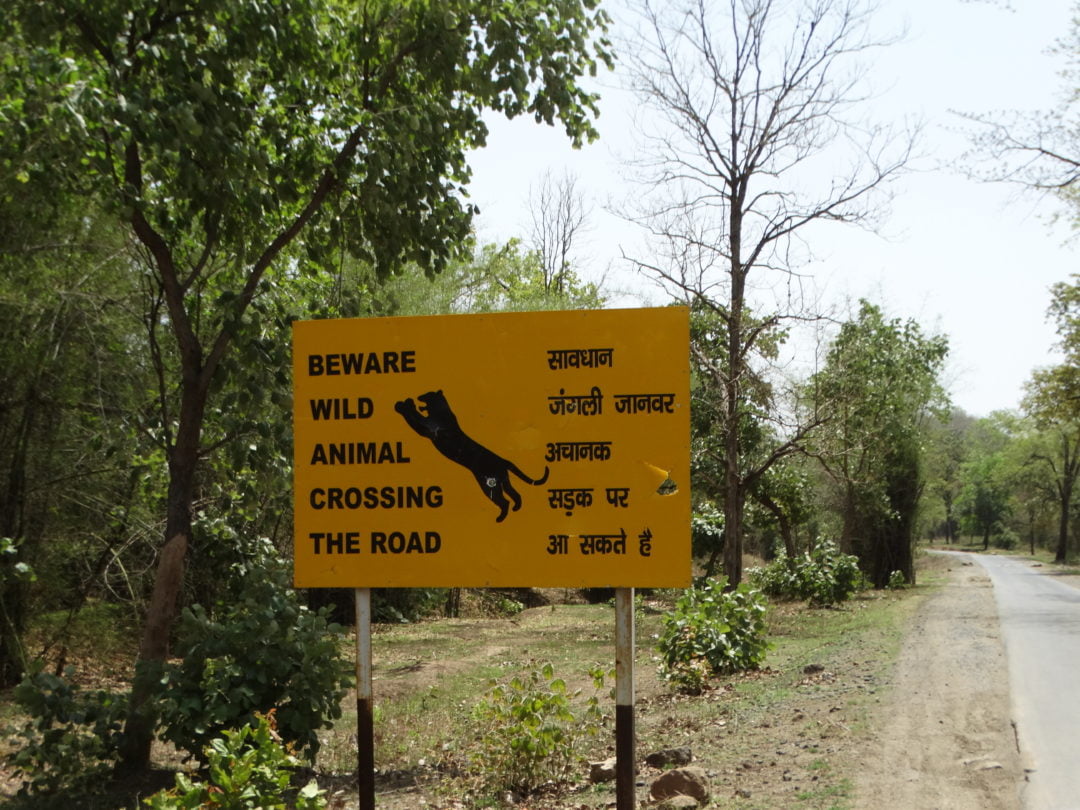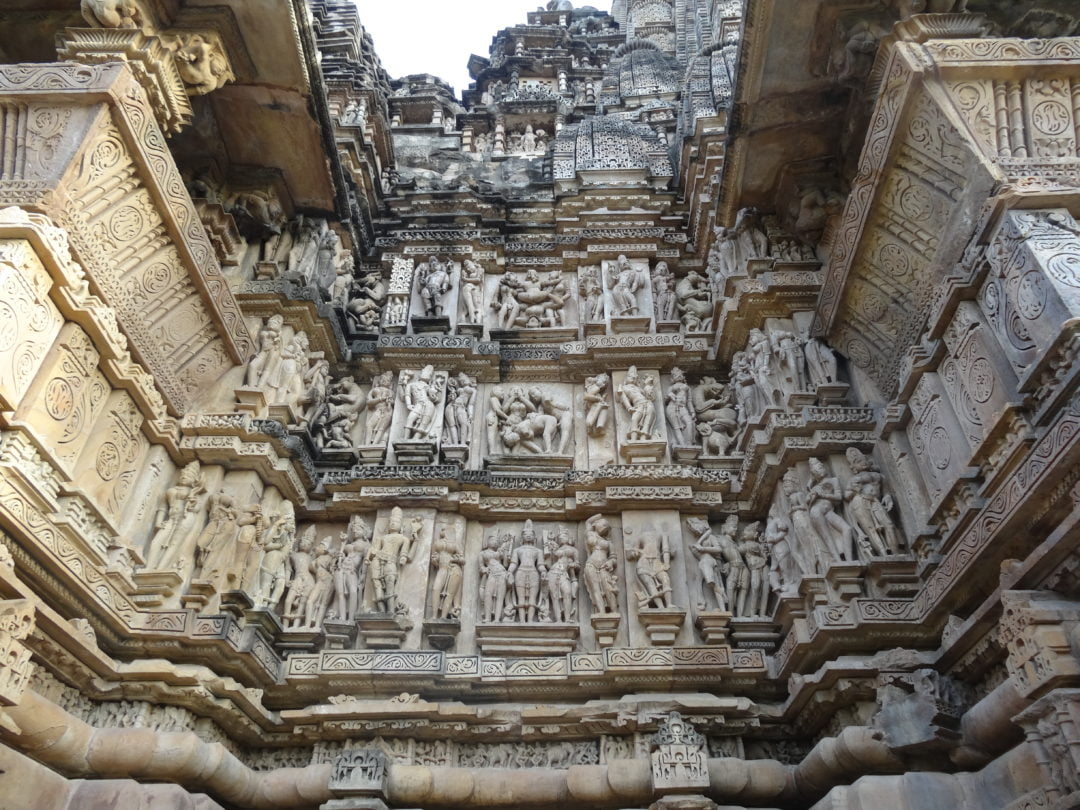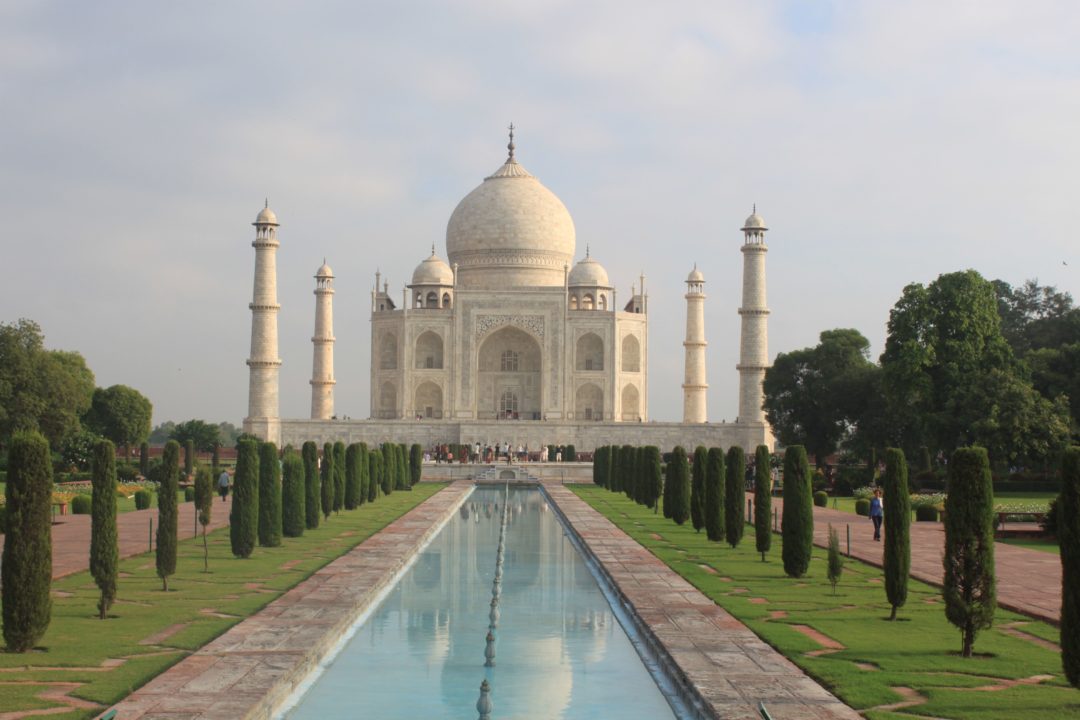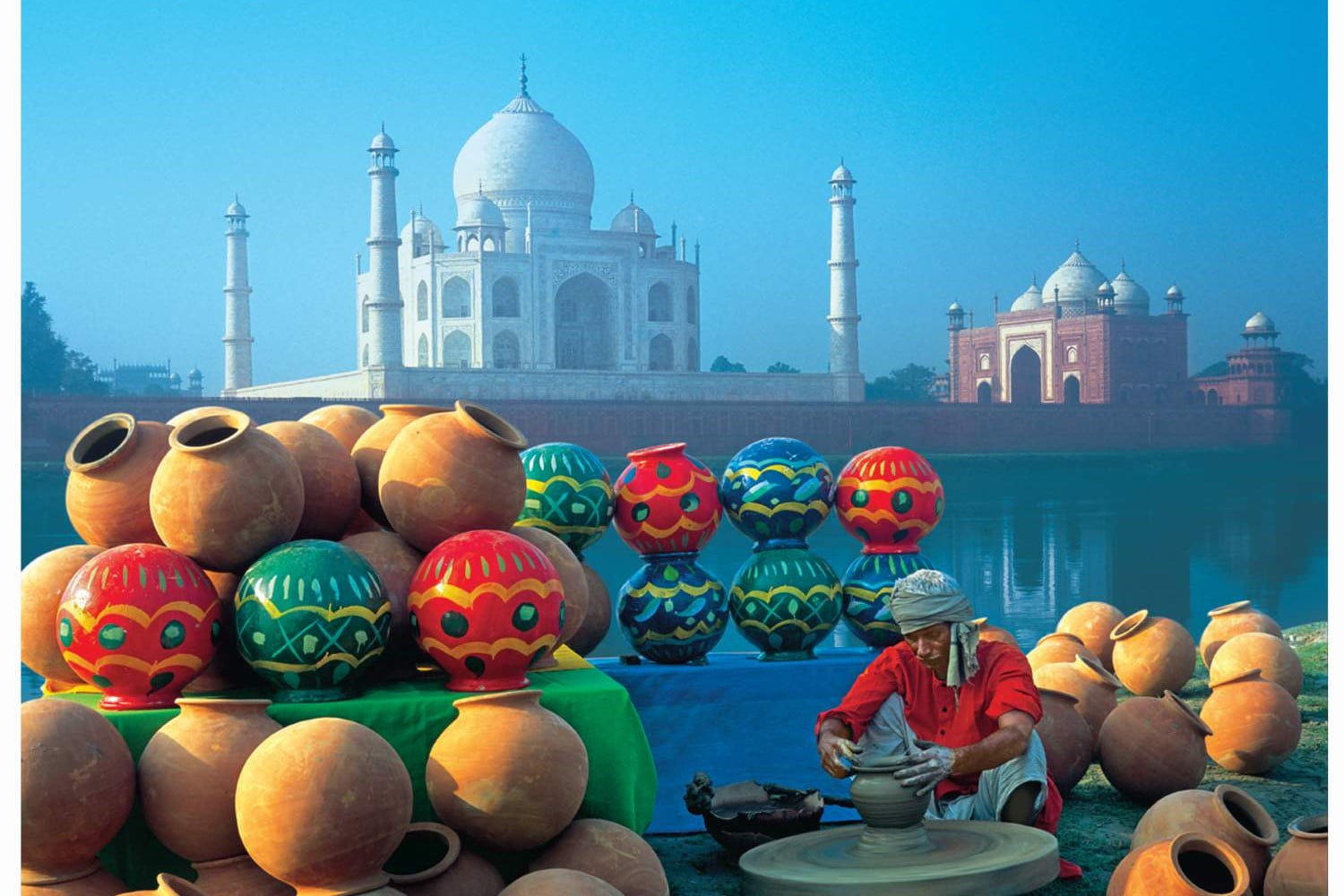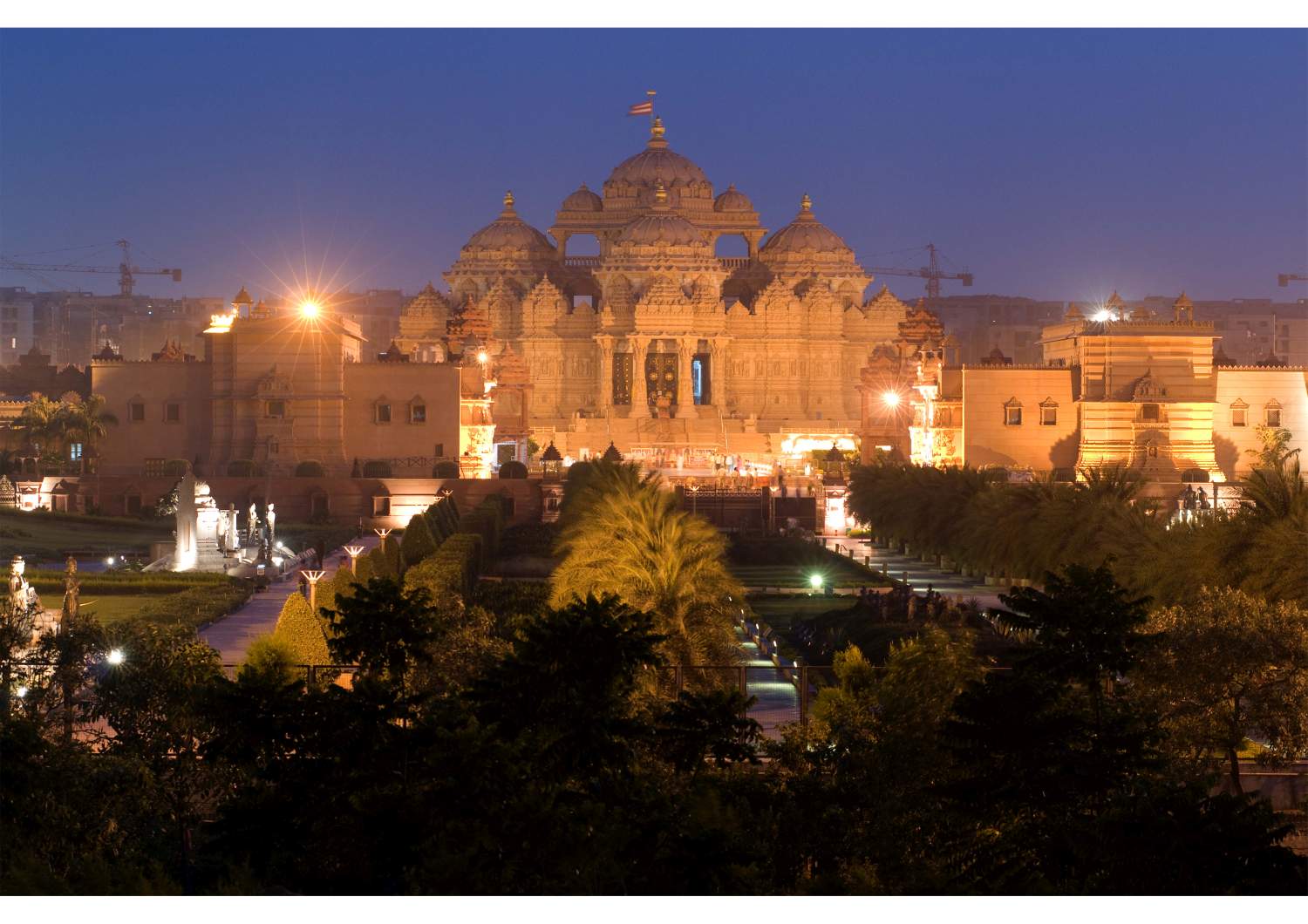A Private Journey through India: In the Footsteps of the Jungle Book by Rudyard Kipling
India – Welcome to the Jungle Book
Introduction
India, a country of extraordinary diversity and fascinating history, is a place popular worldwide for its rich cultural and natural experiences. In particular, the connection to Rudyard Kipling’s classic work ‘The Jungle Book’ has reignited interest in this region. Kipling, who was born in India, anchored many of his stories in the lush, mysterious setting of the Indian jungle, which is both a source of inspiration and a place of adventure.
Deciding to take a private trip through India is far more than just a simple vacation. It is a personal expedition that serves to discover the vibrant culture and impressive landscapes that Kipling so vividly described in his stories. The Jungle Book is not only about Mowgli’s adventures, but also reflects the harmonious relationship between man and nature.
During the trip, the expectations of the experiences are set by the scenic beauty and exciting animal encounters that the Indian jungle offers. There’s a deep emotional incentive to explore the places that inspired Kipling’s imagination and meet the locals who still live in close connection to nature today. Immersion in this environment offers the opportunity to understand not only the landscape, but also the invisible threads that connect the culture of India with the tales of the Jungle Book.
This journey becomes an exploration of the scars and wonders of the jungle while reviving the spirit of Kipling and the rich traditions of India. In the following, the various stations of this journey are described, which give the traveler extensive insights into the heart of India and its stories.
India – Welcome to the Jungle Book
The inspiration behind ‘The Jungle Book’
Rudyard Kipling, one of the most famous British writers of the 19th century, borrowed many of his ideas and motifs from his own childhood and his experiences in India. Born in Bombay in 1865, Kipling spent the first six years of his life in India before he went back to England. These early years were formative and left a deep impression, which reflected his later literary works. Especially ‘The Jungle Book’, published in 1894, is a product of this deep bond with the country and its diverse culture.
The flora and fauna of India and the people who live there strongly inspired Kipling. In his youth, he often returned to India, and each trip filled his creative reservoir with new impressions. The vibrant flora and fauna of India, which he experienced as a child, inspired him to create characters such as Mowgli, Baloo and Bagheera. These characters are not only fictional, but also the expression of a deep understanding of the interactions between humans and nature that Kipling observed in the Indian wilderness.
Furthermore, the themes of identity, belonging and the search for a place in the world are central motifs in ‘The Jungle Book’. Mowgli’s search for his own place between the human and animal worlds reflects Kipling’s own inner conflicts and shows the challenges of adaptation and acceptance. By infusing his personal experiences and observations into the narratives, Kipling created a timeless story that has inspired generations of readers and is still relevant today.
India – Welcome to the Jungle Book
Visit to the birthplace of Rudyard Kipling
Visiting the birthplace of Rudyard Kipling in Mumbai is a fascinating journey into the past that not only highlights the literary importance of the well-known author, but also offers a glimpse into India’s historical and cultural diversity. Kipling was born on 30 December 1865 in this house, which is part of his heritage and is therefore of great importance for literature lovers. The building itself is an interesting example of Victorian architecture that reflects India’s colonial past.
The façade of the house, decorated with fine details and ornaments, tells a story of another time. When exploring the interior, one is captivated by the atmosphere of the 19th century. historical pieces of furniture and memorabilia of Kipling and his family give the place a nostalgic character. Particularly noteworthy is the room where Kipling was born; it is a space that creates a deeper emotional connection to the author’s literary works, including the famous “Jungle Book”.
During the visit, it is not only the architectural features or historical relevance that leave an impression, but also the personal anecdotes and memories associated with this place. Many visitors share their own stories about how they came to Kipling’s work and the emotions they felt when reading his books. These narratives create a bridge between the author’s life and today’s generation, which lives in a rapidly changing world.
Overall, visiting the birthplace of Rudyard Kipling in Mumbai is an enriching experience that offers both literary and cultural impressions and promotes a deeper understanding of the life and sources of inspiration of one of the most famous writers in the English-speaking world.
India – Welcome to the Jungle Book
The Beauty of India: Jungle and Nature
India, a country of remarkable geographical diversity, offers a rich palette of natural beauty. This diversity is impressively reflected in Rudyard Kipling’s stories. The dense jungles, lush flora and diverse fauna form the perfect backdrop for the adventures of Mowgli and his friends. Often described as parts of the subcontinental rainforest, these forests are home to some of the most impressive animals on Earth. You have the opportunity to spot tigers, leopards, and various primate species. In addition to being a part of the ecosystem, these creatures are deeply rooted in India’s mythology and cultural heritage.
The unspoiled landscapes of India are characterized by adventure and discovery. From the towering Himalayan foothills to the cascading waterfalls in the Western Ghats, the landscapes are spectacular and diverse. The lush, green forests are not only a habitat for a variety of animal species, but also areas where traditional knowledge about plants and animals is preserved. This knowledge is passed down from generation to generation and is a deep-rooted component of indigenous cultures.
The beauty of India’s nature also has a significant impact on the traditions and customs of the region. Various festivals are often inspired by the elements of nature and reflect people’s deep connection to their surroundings. The colors and sounds of the jungle are inextricably linked to India’s cultural identity and help keep Kipling’s stories alive. Overall, India’s natural beauty is not just a visual feast, but an integral part of the region’s identity and heritage.
India – Welcome to the Jungle Book
Meeting naturalists
A trip through India offers breathtaking landscapes. It also offers the opportunity to connect with dedicated naturalists and local experts. These professionals are dedicated to researching, protecting and preserving the diverse flora and fauna that make Rudyard Kipling’s stories so vivid. During our encounters, we were able to gain deeper insights into the challenges that these researchers often experience. They face the difficult task of protecting existing ecosystems while also dealing with the demands of local communities.
An important topic of conversation was the influence of tourism on nature. Many naturalists emphasize that responsible tourism is crucial for the conservation of indigenous species. The connection between Kipling’s stories and the current environmental reality was particularly palpable. The stories, which are about adventures in the jungle, remind us of the beauty and fragile nature of these ecosystems. Researchers report on their efforts to raise awareness of these issues. Whether through educational programs or by working with governments and non-governmental organizations.
Experts explained how they combine techniques of modern research and traditional knowledge to improve the empirical basis of their work. This approach promotes a deeper understanding of ecology and the interactions between humans and nature. In Kipling’s stories, there are similar motifs of respect for nature, which gives visitors a special approach to these topics. Such encounters enrich not only our journey, but also our awareness of the urgent challenges facing our environment.
India – Welcome to the Jungle Book
Cultural influences on Kipling’s work
Rudyard Kipling is famous for his important literary works. He was strongly influenced by Indian culture and its diverse traditions. The complexity of Indian society, including its folklore, mythology, and social structures, has been instrumental in shaping its characters and stories. Kipling’s childhood in India allowed him to make a direct connection to local customs and people’s daily lives.
The folklore of India, rich in legends and oral traditions, offers a rich treasure trove of inspiration for Kipling. Stories of animals, such as those that appeared in “The Jungle Book”, are often shaped by the symbolic meanings and moral teachings of the Indian narrative tradition. These animal figures embody timeless qualities such as courage and cleverness. They also reflect the close relationship between humans and animals in Native American culture. In particular, the mythological narratives, which often include themes such as justice, loyalty, and the circle of life, have deeply influenced Kipling, enriching his stories with deeper levels of meaning.
In addition, the social structure of India played a significant role in Kipling’s work. The diversity of social classes and their dynamic interactions provided the basis for many of his narratives. They all addressing the challenges and tensions between different groups. These elements helped to create an authentic picture of Indian reality. Kipling’s works are therefore not just stories; they are also a reflection of Indian culture and its multi-layered identity.
India – Welcome to the Jungle Book
Travel preparations and tips
A trip through India, especially in the footsteps of Rudyard Kipling’s Jungle Book, requires careful travel preparation and planning. First, travelers should consider the best times to travel. The months from October to March are ideal, as the weather is pleasant and the temperatures are mild. During this time, adventure seekers can make the most of the breathtaking nature and diverse wildlife of the Indian jungle.
Cultural etiquette is especially important when visiting India. Travelers should be aware that tradition and respect are very important in Indian culture. It is advisable to choose appropriate clothing, especially in more rural areas and when visiting religious sites. Showing politeness, such as greeting with “Namaste,” can also convey positive signs of appreciation.
There are a variety of options for accommodation. From luxurious hotels in Mumbai to traditional guesthouses in the jungle areas. There are numerous options, depending on individual needs and budget. It is advisable to book accommodation in advance, especially during the high season. Travelers should also consider regional conditions and look for recommendations to get authentic experiences.
There are many sights in Mumbai to explore. The Gateway of India, Elephanta Island and the Chhatrapati Shivaji Maharaj Terminus are just a few of the highlights. To immerse yourself in the atmosphere of the Jungle Book, travelers should explore the country’s dense forests and national parks that inspiered the book. Immersing yourself in the fauna and flora of these unique regions will make the trip unforgettable.
India – Welcome to the Jungle Book
Reflection on the journey
The journey through India, in the footsteps of Rudyard Kipling’s Jungle Book, was not only a geographical exploration. It is also a passionate journey of discovery into one’s own soul. There have been moments when the feeling of vulnerability gives way as you immerse yourself in the unbridled beauty of the landscape and the deep traditions of the culture. The smell of spices mingled with the fresh morning air. The warm faces of the locals created an atmosphere that was calming and exciting at the same time.
One of the most unexpected encounters took place in a small village, where a family welcomed us with open arms. Their hospitality taught me true humility and appreciation for the simple things in life. The conversations we had were not only instructive, but also inspiring; they opened my eyes to the challenges and joys of people’s everyday lives. This interaction made me reflect on my own views and prejudices and fostered a deeper connection to nature and fellow human beings.
Reflecting on my journey shows that the true value of such experiences lies not only in the places visited, but in the lessons learned. Often it is the small moments that touch the heart and leave a lasting impression. We often find ourselves in situations where we learn that traveling is not just a physical movement. Travel is also an inner process of transformation. Through the diversity of cultures, the history and the anecdotes I experienced, I gained a valuable perspective on life.
Inspired by this personal journey, I encourage others to explore similar paths. Because even if we sometimes encounter obstacles, the insights and emotions from the “world beyond the horizon” can accompany us forever. In the simplicity and authenticity of the encounters, we often find the answers to our own questions.
India – Welcome to the Jungle Book
Conclusion and outlook
The journey through India, in the footsteps of Rudyard Kipling’s Jungle Book, leaves a lasting impression. The diversity of Indian landscapes, the cultural treasures and the warm hospitality of the people merge into an unforgettable experience. Especially the exploration of the dense jungle regions is impressively reminiscent of the adventures of Mowgli and his animal friends. These experiences offer a deeper connection to nature. They also gives a newfound understanding of Kipling’s literary work and its influence on the Western idea of India.
The trip highlighted the importance of understanding the roots of stories and exploring the real-life places that inspired them. At various stations, travelers could admire the living flora and fauna that Kipling described so impressively in his stories. These stories are not only fiction, but also reflect the complexity and richness of the Indian ecosystem.
Various options are conceivable for future trips. It is worth delving into Kipling’s works, which explore both biological and cultural aspects of India. In addition to the Jungle Book, other writings by Kipling could provide further insights into his perception of India. It is advisable to deal with India’s colonial history in order to better understand the context of his stories.
In addition to the literary works, it makes sense to learn more about the lived reality on site. Indian literature, cinema art and local tours offer fascinating perspectives on the culture. A journey that combines both literary and ethnological aspects can deepen one’s understanding. The journey also lead to a holistic perception of the country and its stories.








